The haze is back and it looks like it could linger over Malaysia for quite some time. Exposure to the haze can cause health problems such as irritation of the eyes, nose and throat. We’ve compiled a list to keep you healthy so here are 7 ways you can beat the haze:
1. Get Your Masks On 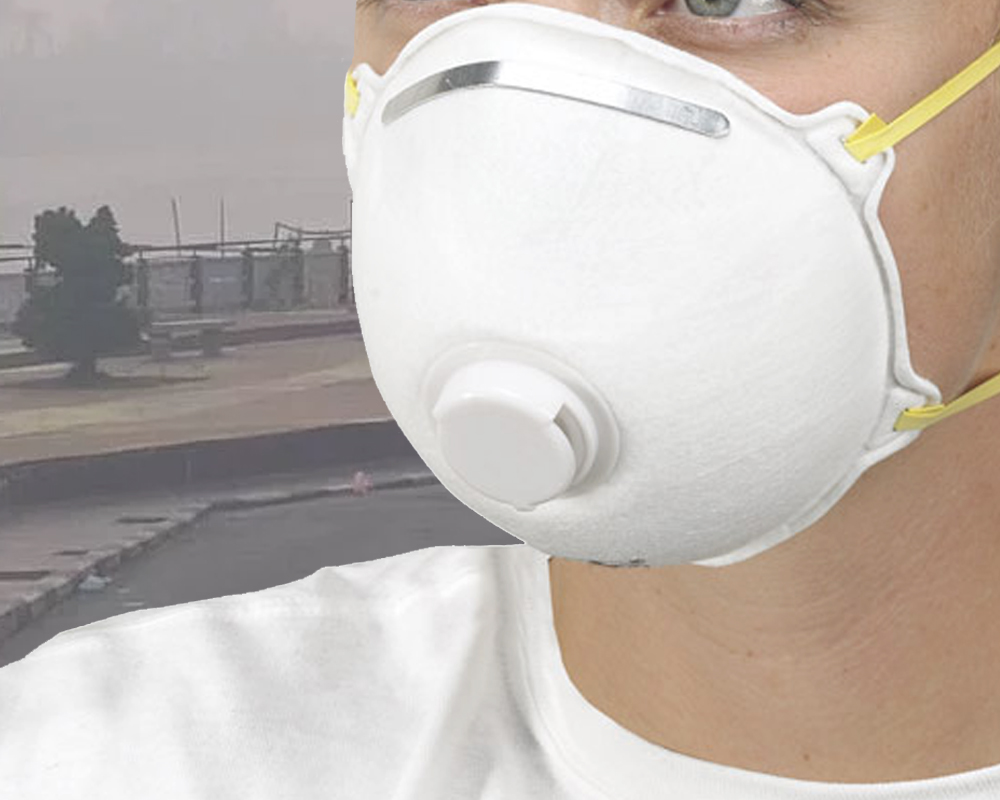
N95 masks are a special type of mask with special filters to prevent chemical particles from the polluted air into your system.
-
To prevent the harmful particles in the air from getting into your system, ensure that the N95 masks are a good fit.
-
Studies have also shown that the N95 masks provide good protection against the pollutants, but not many people know that they aren’t exactly for everyone’s consumption. Pregnant women and elderly should refrain from using them as it enhances the effort needed to breathe. This is especially important for people with lung conditions and heart problems.
2. Take Care of Your Skin

Besides the obvious precautions like giving your skin an extra-large dose of antioxidants to detoxify it and to better cleanse it, try doing a facemask so it can defend the deeper layers of your skin against all the nasty stuff that’s floating around in the air, courtesy of the haze.
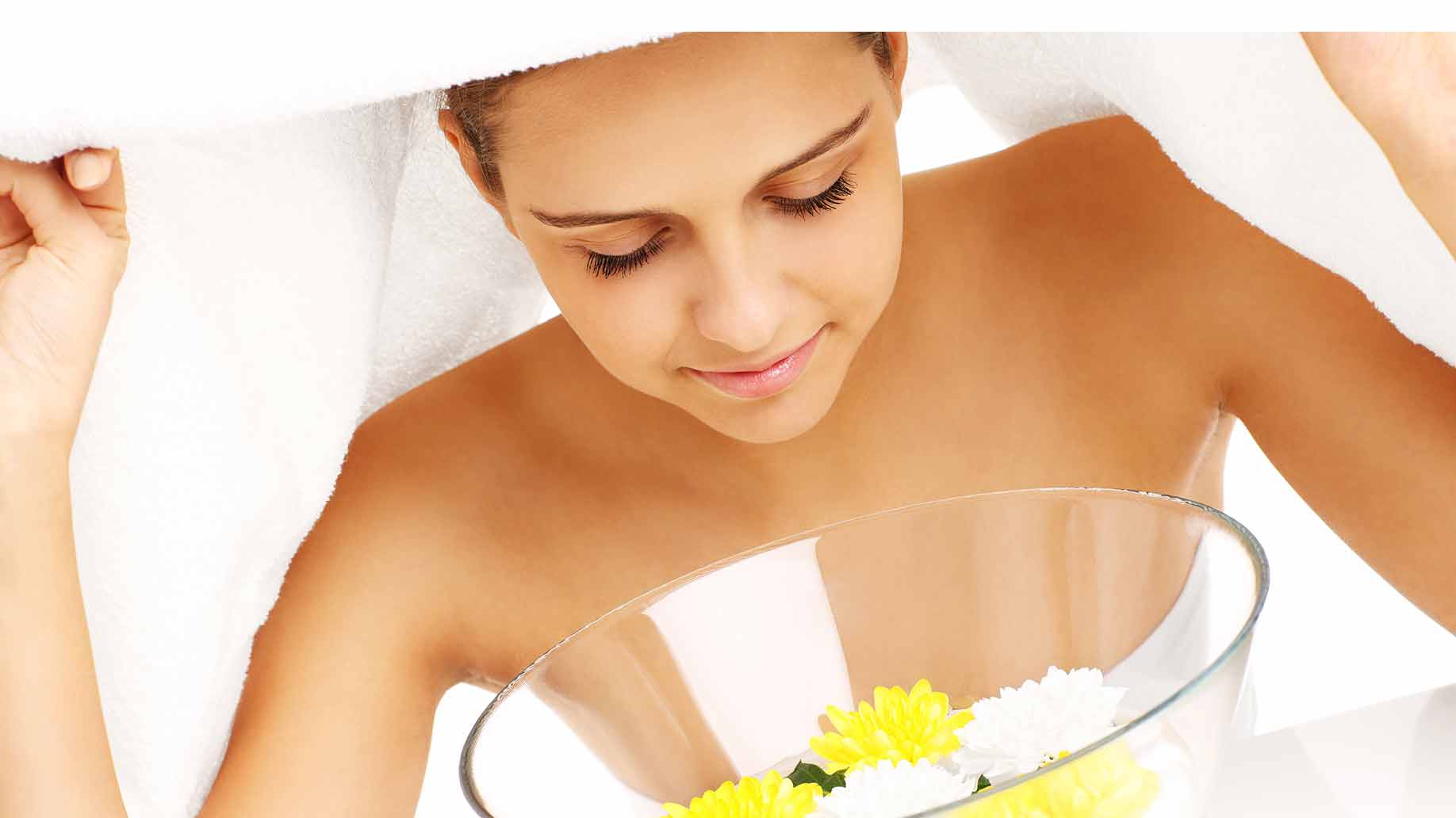
DIY Remedy:
- Boil a pot of water and drip some peppermint essential oil and inhale deeply. The steam from the water and the peppermint oil will you with your skin
- Or, Apply some Chinese medicated oil (驱风油) to give a temporal relief, it’s also worth a try to apply a subtle amount to the area just under your nose and take easy breaths.
3. Eat Healthy Food
Here’s what to look out for:

- Vitamin C – May help to protect the body from harmful molecules caused by the haze. These molecules called free radicals that damage the cells.
- Antioxidant-rich food – like your skincare, food rich in antioxidants (berries, beets, green tea, chia seeds) also get rid of harmful free radicals introduced by smog particles.
- Green leafy vegetables – lots of vitamins, minerals, antioxidants, all of which boost your health and immunity system.
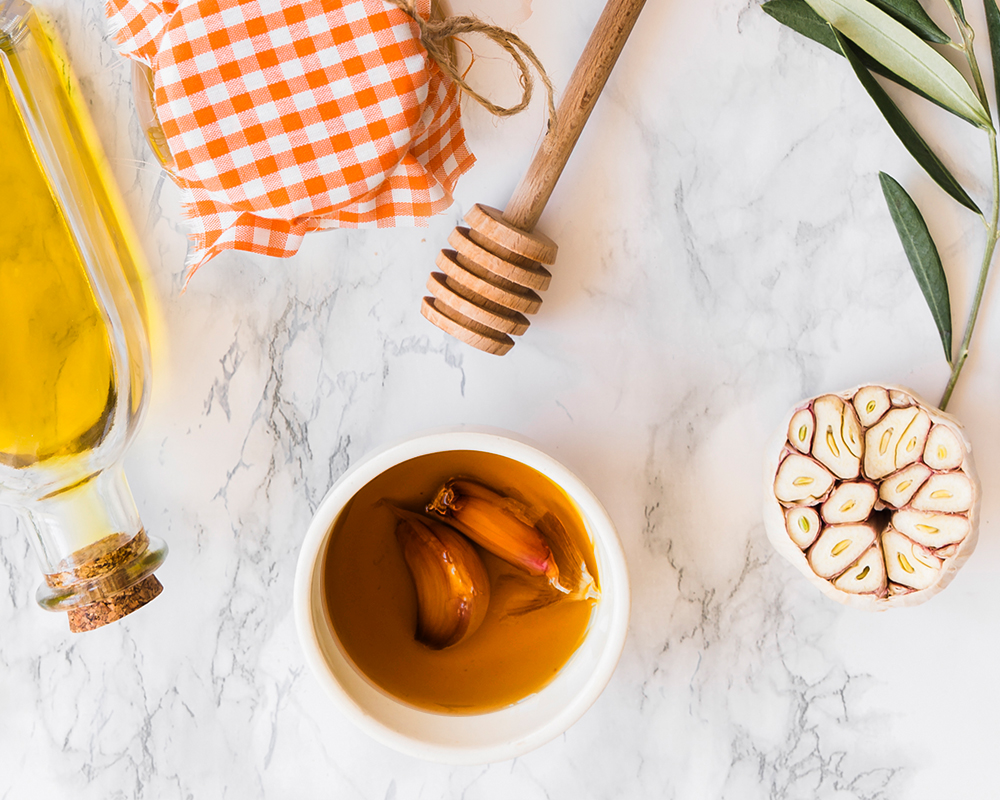
DIY remedies:
4. Eye Care

Your skin and lungs shouldn’t be the only things you protect. You should also take care of your eyes, especially for those who wear contact lenses. Apply drops of saline solution at least twice daily (or when needed) which act as natural tear supplements to wash away haze compounds or dust particles trapped around the eyes.
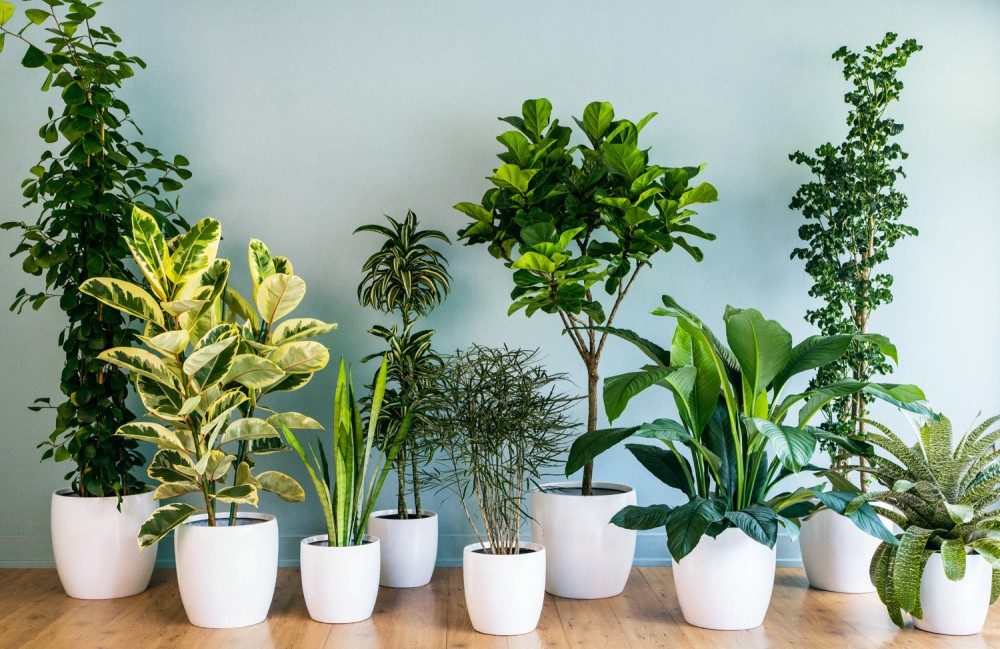
As we face yet another season of poor air quality, many of us seek refuge indoors – but you might be surprised to find out that your own home can be an unhealthy environment too.
- Areca Palm – works in the day, converts carbon dioxide to oxygen.
- Mother-in-Law’s Tongue – you can tell by its sassy name, the pollutants won’t dare to stick around. This works best at night, and is best in the bedroom as, unlike other plants, it doesn’t suck oxygen from you while you sleep.
- Money Plant – filters out removing Formaldehyde and other VOCs (Volatile Organic Compounds).
Recommended: at least one plant per 100 sq ft of home or office space.
6. Air Purifiers

You shouldn’t confuse air purifiers with humidifiers, diffusers and ionisers. The ideal air purifier should have these two things:
- True HEPA (high-efficiency particulate arrestance) Filter : Get one that has this as it removes 99.97% of particles that have a size of 0.3 µm. Don’t cut cost and get one that has a HEPA-like filter.
- Carbon Filter: It removes chemicals like the cancer-causing formaldehyde and helps to neutralise smells through the use of a bed of activated carbon.
7. Exercise – In Your Living Room Instead
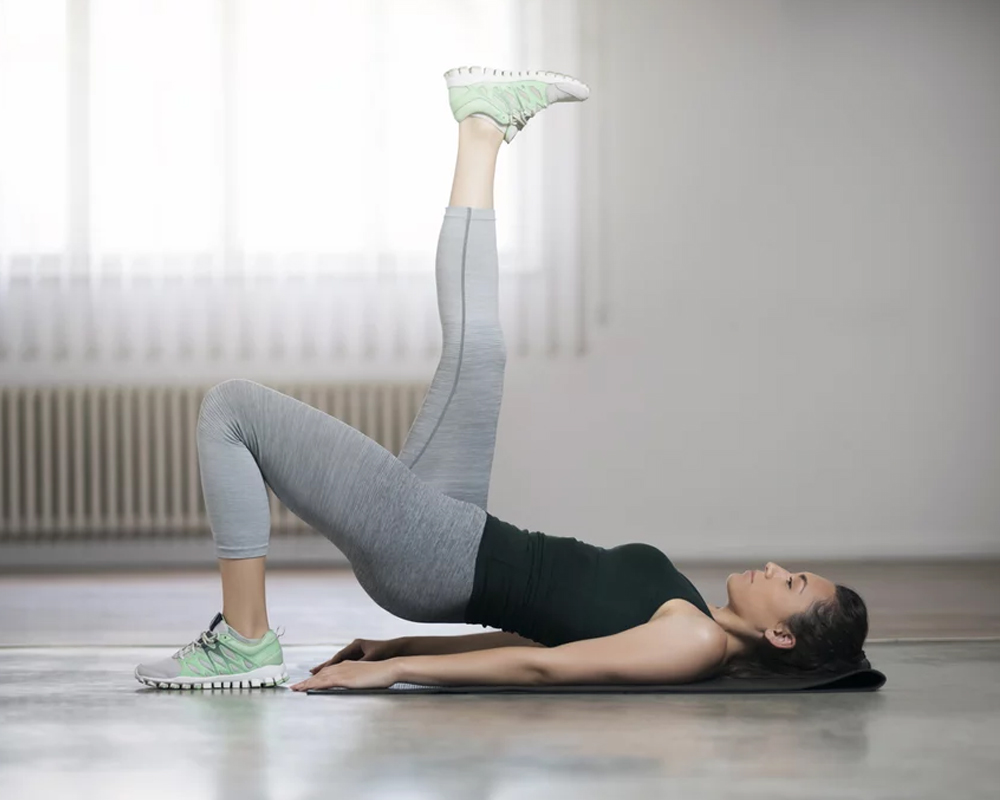
-
Dr Steve Yang, a specialist in respiratory medicine at Raffles Hospital said that “the amount of particulate matter deposited in the respiratory tract during exercise can be about five times more than when the body is at rest”. Basically, when it’s haze season, your lungs take in less oxygen and more pollutants when you exercise. Do your heavy breathing indoors instead.
-
For a solid workout, include burpees, planks, star jumps, push-ups, sit-ups in your routine, or even fit in a circuit training regime. And if that’s not enough, there are much more exercises you can try and learn from the world’s most widely-available resource – YouTube.
